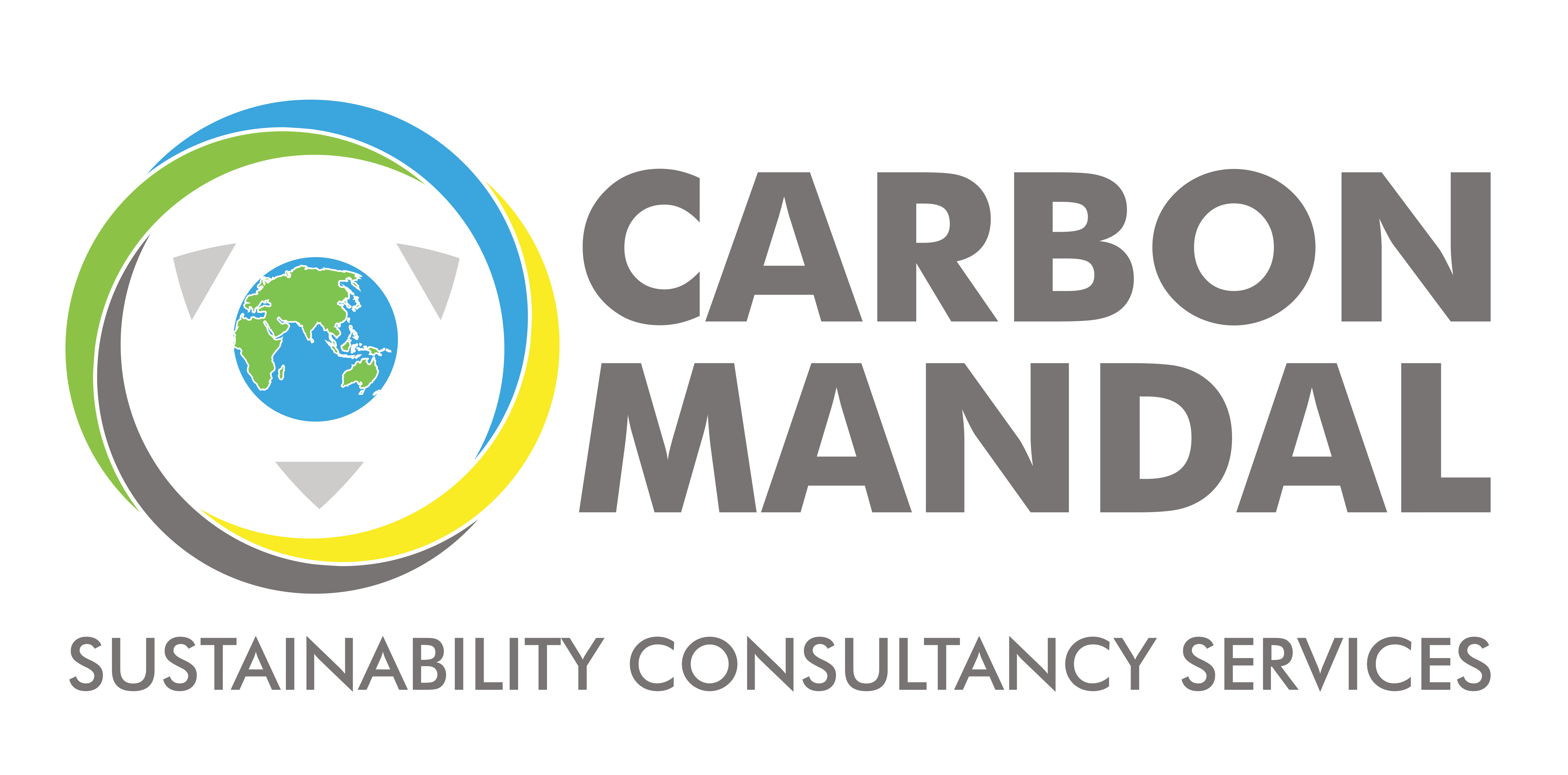Measuring environmental footprint provide organisations an upper hand in the sustainability game
Human beings and the environment have always co-existed in a very delicate balance. Our basic needs and necessities ultimately not only affect the availability of these supplies but also of the functioning of the Earth’s cycles to uphold a well maintained biosphere. The influence of all of these individual and collective decisions on human well-being are just as important as their influence on the environment.
When this balance is disturbed, i.e. when the planet runs on an ecological deficit, this phenomenon is called an “overshoot”. This is the estimated date when humanity’s annual resource use exceeds the Earth’s capacity to regenerate the same. Humanity today is only burdening the world by increasing consumption to the point where demand exceeds supply, preventing the planet from replenishing its resources before they can be consumed.
This results in a condition called environmental degradation, an occurrence due to depletion of resources such as quality air, water and soil, ecosystem destruction, habitat destruction, wildlife extinction, and many more. We are consuming 50% more natural resources than the Earth can replenish. At this rate,we’d need 1.5 Earths to support our existing population, something we can’t afford [1].
There is however, a way to challenge this. With the right means to measure the degradation, we have the power to undo a big chunk of the damage.
Environmental Footprint – The tool that gives you the power to reverse environmental degradation
An Environmental footprint is a quantifying factor of Human impact on the Earth’s ecosystem. The environmental footprint, also known as Ecological footprint is a well-known metric endorsed by significant governing bodies. It’s used globally by businesses to measure their business’s impact on the environment, understand their market foresight, set strategic direction and boost performance.
The Earth and its resources work in a very intricate model of supply and demand. From the demand viewpoint, the ecological footprint is used to measure an individual or the population’s demand for natural resources. From the supply viewpoint, it measures a city, state or even a nation’s biocapacity in terms of how much productive land and sea area there is for use.
An Environmental Impact Assessment is what maps the environmental footprint in a clear and concise manner. It’s performed by inspecting, analysing and assessing operations to guarantee the safe and sustainable development of the organisation while being able to predict consequences of the business’s practices. Some of the most crucial factors that are evaluated are the expected environmental, social, and economic effects.
Environmental assessment is the first step to sustainable development
Sustainability is now a growing requirement from governments, suppliers and customers. Quite evidently, global warming is going to be one of the biggest challenges for corporates. An Ecological Impact Assessment gives you the power to turn these challenges into opportunities. With the awareness of where an organisation has room to improve in, the assessment helps businesses make tactical choices in all departments. An assessment not only provides well compiled, detailed results through the means of a derived standard but also allows businesses to set precise and achievable targets and look for greener ways to function.
Businesses that choose to effectively utilise their resources have an upper hand. Not only does correctly assessing the ecological footprint mean long term corporate sustainability, it also helps reduce their operational costs drastically by effectively reducing the footprint. Quantifying impacts and identifying ways to switch to less carbon-intensive goods and processes are added perks. At an early stage, major environmental impacts of a project can be detected, prevented, remedied, or minimised. Apart from this, this helps analyse how businesses or regions will be hampered by lack of resources as well as where they can thrive in a resource-constrained world.
In simpler terms, the Ecological footprint helps recognise why environmental degradation is a problem and an Ecological footprint analysis can be a very helpful tool to educate people on how to be smarter and more efficient with the use of resources so as to not exhaust them as quickly. This is the best way for businesses and organisations to hop onto the sustainability bandwagon as anything that can be measured can definitely be changed.
List of References
- The World Counts, 2021. Accessed April 11, 2021.

